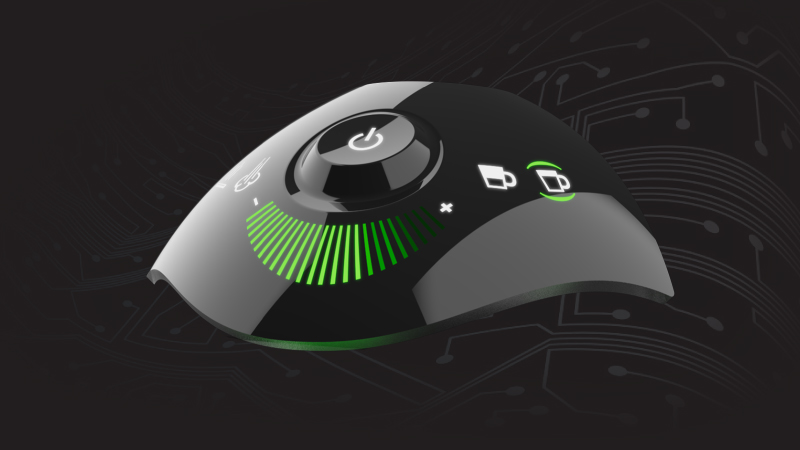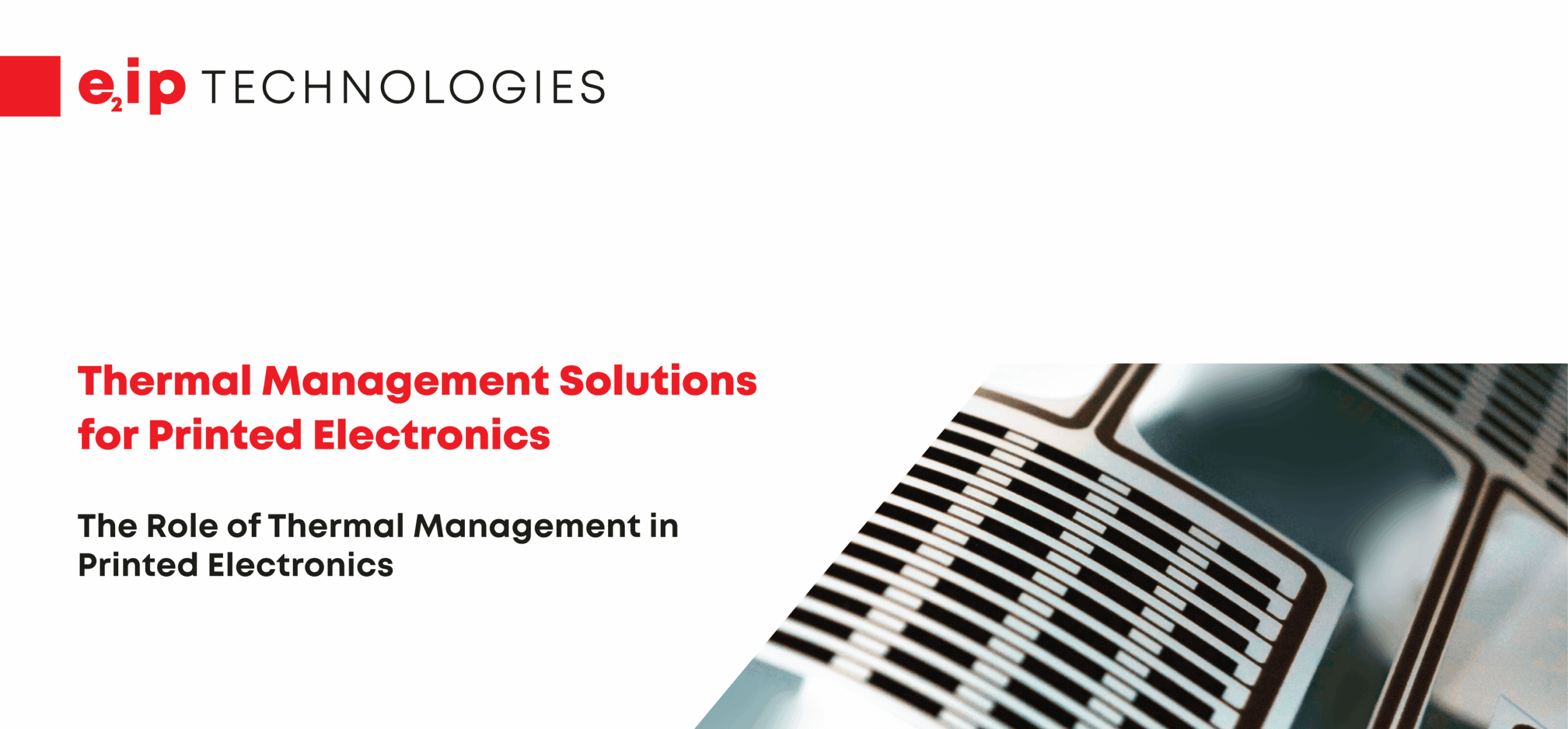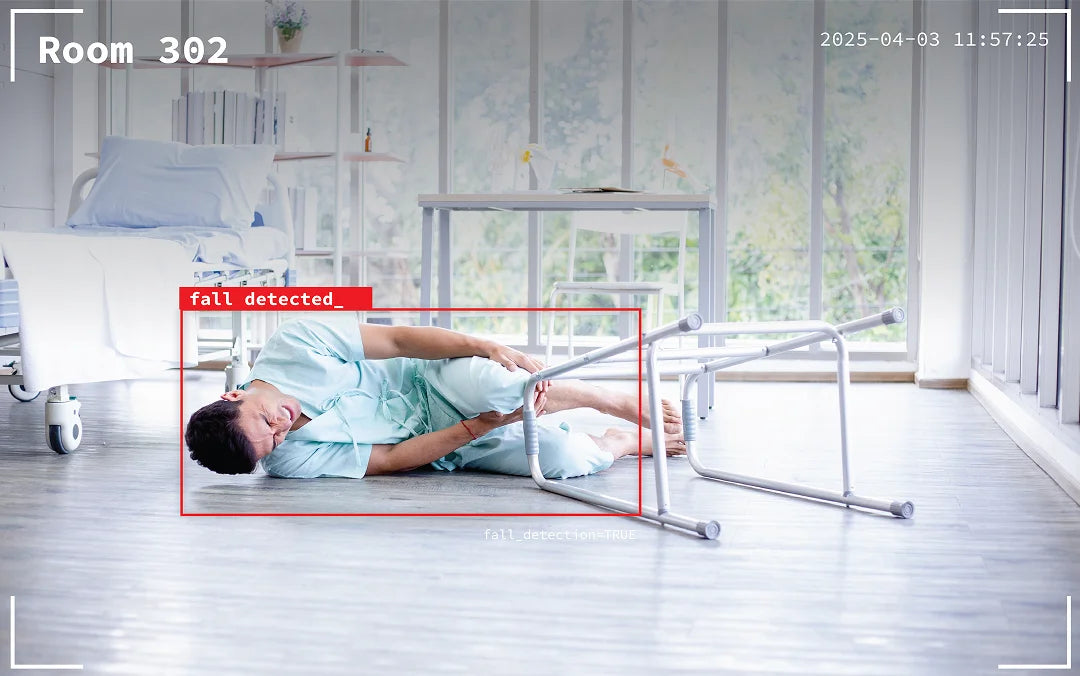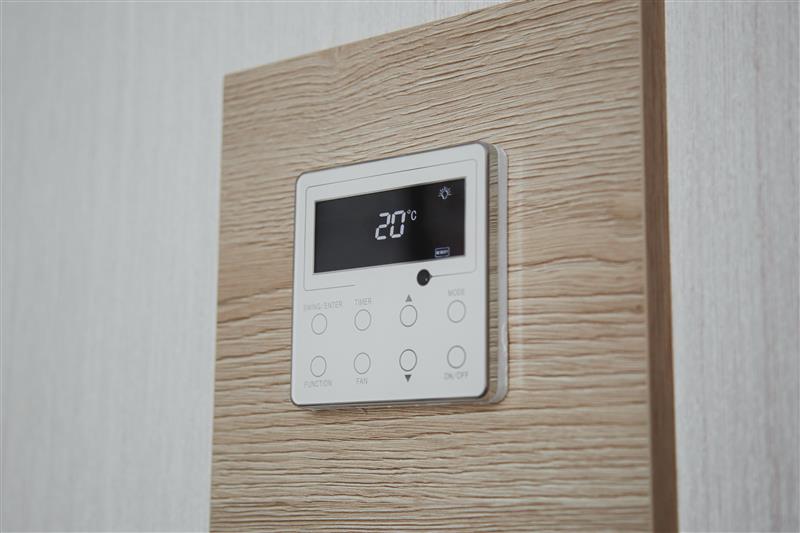In-Mold Electronics (IME), or Smart Structural Surfaces™, promise to be a game-changing technology that will significantly improve process optimization.
IME provides for a streamlined production process over traditional electronic assembly. Simply put, IME is a three-step process which includes the printing of electronic circuits and graphics, followed by the forming and molding. However, In-Mold Electronics is often confused with related processes, namely In-Mold decorating (IMD) and In-Mold Labels (IML).
What is the Difference Between IML and IMD?
IME’s roots are tied to both IMD and to a lesser degree IML. IME takes the process of printing, forming, and molding to a new level of complexity. Both IMD and IML offer a streamlined process utilizing printing, forming and molding. All three offer an enhancement in the production of parts with complex 3D geometries.
An In-Mold Decorating or In-Mold labeling process only offers a decorative function. Typical examples of IMD include molded plastic parts, such as mobile phone covers. In-Mold labels can be found in a broad variety of plastic containers and consumer packages, such as for ice cream tubs, shampoo bottles, and many more.


In-Mold Electronics specifically describes a more complex process which, like IMD and IML, begins with fundamentally the same three primary processes of printing forming and molding. However, IME is dramatically different in that it marries electronic functionality to the decorative process making the part a functional Human Machine Interface (HMI) for industrial or consumer applications. These parts are referred to at E2IP as Smart Structural Surfaces™.
Smart Structural Surfaces™: A Step Forward for IME
The IME process begins by printing stretchable conductive inks onto a film to create fully functional electronic circuits. A graphic overlay is printed onto the second film. These graphics align with the electronic circuitry and can include icons for intuitive user interaction as well as to serve the aesthetic design. The films are then thermoformed into the desired 3D shape. Electronic components can be added to the circuits before or after thermoforming. The part can include lights, sound and haptic feedback. The graphic layer and the circuit layer are placed together in the mold cavity of an injection mold. The injection molding embeds all the components creating a single, rigid molded plastic part.
Smart Structural Surfaces™ offer a range of benefits over traditional HMI components, including increased durability, reduced manufacturing costs, and improved design flexibility. By eliminating the need for additional assembly and reducing the number of components needed, Smart Structural Surfaces can significantly reduce production costs and waste.
Avatar A* |
Avatar B* |
Avatar C* |
| Printed circuit with sensors | Printed graphic with icons and design theme | Exploded view of the Smart Structural Surface™ |
*Avatar represents a complex design and is an example of IME potential.
The Advantages of Smart Structural Surfaces™
- Reduced production time
- Fewer components
- The elimination of mechanical parts
- Thinner, lighter parts
- Lower cost
- Improved reliability
Unlocking New Design Possibilities
The manufacturing industry is constantly evolving. All three In-Mold Decorating, In-Mold Labeling & In-Mold Electronics are serving as game changers by enabling graphic and industrial designers the freedom to execute messages and concepts on surfaces and shapes they could not have dreamed of before.
Our In-mold electronics process takes IMD and IML to the next level by integrating fully functional electronic components into the molded plastic part. This means that electronic circuits Like capacitive touch switches , lights, sound, and haptic feedback can all be embedded directly into the plastic part, eliminating the need for additional assembly and reducing production costs.
By leveraging our cutting-edge process, companies can reduce their production costs and waste while increasing their manufacturing efficiency. The process also enables designers to execute their messages and concepts on surfaces and shapes they could not have dreamed of before, providing new possibilities for product design and development. It allows for high-quality, durable graphics to be embedded directly into plastic parts, while also enabling the integration of fully functional electronic components. These processes not only reduce costs and waste but also provide designers with the creative freedom to execute their ideas on surfaces and shapes they previously thought impossible.
Contact us to learn more about In-Mold Electronics & Smart Structural Surfaces™.



